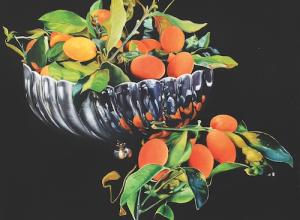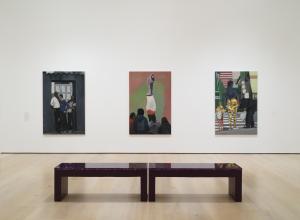
Though a contemporary of the great Impressionist and Post-Impressionist painters, Paul Cézanne (1839–1906) had his own distinctive style and interests. In his own careful examinations of his subject matter, be it the natural world, a portrait sitter, or a still life, Cézanne was more interested in the geometric shapes and perspectives he noticed than many of his friends and colleagues were. His structured approach to painting and his subjects lead modern art from the Impressionism of artists like Monet to the Cubism of Picasso and others.
A new exhibition at the Museum of Fine Arts, Boston puts great works by Cézanne in context. By showing them side-by-side with works from the same time period, we can see just how different and revelatory his paintings were and continue to be. Cézanne: In and Out of Time (November 11, 2020–February 28, 2021) brings together twelve of his greatest works, allowing a close examination of his style and its influence.































